Dubbel Lumen Tubes: Ultimate Guide to Understanding Their Function
Jun 13, 2024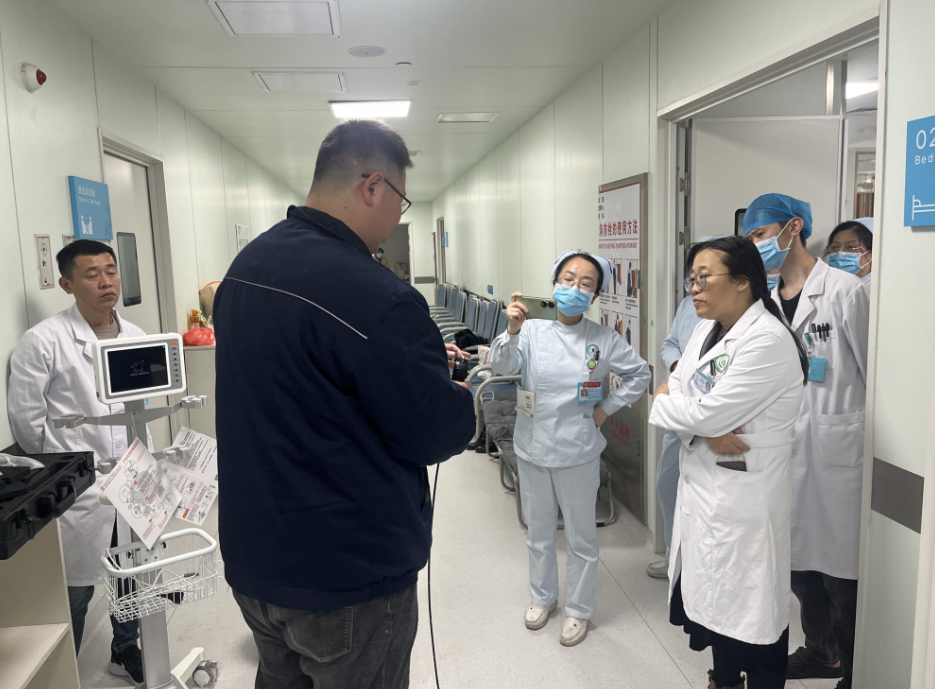
Double-lumen tubes (DLTs) are indispensable tools in thoracic surgeries, providing anatomical and physiological isolation of the lungs. This blog will delve into the intricacies of DLT insertion, indications, complications, and strategies for optimal patient outcomes.

Innovative Solutions by Mole Medical: Pioneering Excellence in Medical Device Manufacturing
1. Mole Medical: A Legacy of Innovation
At the forefront of dubbel lumen tube manufacturing stands Mole Medical, a company renowned for its commitment to excellence and innovation. With a rich legacy spanning decades, Mole Medical has continuously pushed the boundaries of medical device engineering, delivering cutting-edge solutions that empower healthcare professionals worldwide.
2. Precision Engineering: The Mole Medical Advantage
Mole Medical’s dubbel lumen tubes exemplify the company’s dedication to precision engineering and quality craftsmanship. Each tube undergoes rigorous testing and inspection to ensure adherence to the highest standards of safety and performance. From material selection to manufacturing processes, every aspect is meticulously optimized to deliver superior outcomes in clinical settings.
3. Customization Capabilities: Tailoring Solutions to Clinical Needs
Recognizing the diverse requirements of healthcare facilities and surgical specialties, Mole Medical offers customizable dubbel lumen tube solutions. Whether it’s variations in size, length, or additional features, the company collaborates closely with clients to develop bespoke solutions that align with their specific clinical needs. This tailored approach enhances efficiency and patient safety, fostering trust and satisfaction among medical professionals.
4. Research and Development: Driving Continuous Innovation
Fuelled by a culture of innovation, Mole Medical invests significantly in research and development to stay at the forefront of medical device technology. Through strategic partnerships with leading healthcare institutions and ongoing investment in cutting-edge technologies, the company remains poised to anticipate and address emerging clinical challenges. This proactive approach ensures that Mole Medical’s dubbel lumen tubes continue to set the benchmark for excellence in the industry.
Anatomy and Physiology
1. Understanding Tracheobronchial Anatomy
For successful DLT placement, comprehension of tracheobronchial anatomy is paramount. The trachea bifurcates into the right and left main stem bronchi at the carina, with distinct anatomical and physiological characteristics. The right main stem bronchus is shorter and wider, while the left main stem bronchus is longer and narrower. This anatomical variation influences DLT placement and ventilation strategies.
2. Ventilation-Perfusion Matching
Ventilation and perfusion in the lungs are intricately balanced, with dependent areas receiving more blood flow and ventilation due to gravity. One-lung ventilation (OLV) induces an obligatory shunt in the collapsed lung, impacting oxygenation. Understanding these physiological nuances is crucial for managing OLV effectively.
3. Bronchopulmonary Segments
Each lung consists of bronchopulmonary segments, functionally discrete units supplied by segmental bronchi and arteries. This segmentation facilitates surgical resection while preserving unaffected lung tissue. DLTs enable selective ventilation of individual segments, optimizing surgical exposure and minimizing trauma.
Indications
1. A Range of Surgical Needs
DLTs find application in diverse thoracic procedures, including esophageal, aortic, and spine surgeries, where lung isolation is imperative for optimal surgical conditions. Additionally, they are instrumental in managing pulmonary pathologies like abscesses and cysts, preventing contamination and ensuring precise ventilation.
2. Absolute Indications
Certain scenarios necessitate DLT usage unequivocally, such as preventing contamination of the healthy lung, managing bronchial disruptions from trauma, or achieving surgical exposure in video-assisted thoracoscopic surgery (VATS). These absolute indications underscore the critical role of DLTs in thoracic interventions.
3. Relative Indications
In other cases, DLTs offer advantages but are not mandatory. Deflating one lung can enhance surgical exposure in procedures like mediastinal or esophageal surgery. While not essential, DLTs provide valuable assistance in optimizing surgical outcomes in these scenarios.
Contraindications
1. Navigating Challenges
DLT insertion presents challenges, particularly in patients with difficult airways, tracheal stoma, or limited mouth opening. Distorted airway anatomy due to lesions or tortuosity further complicates DLT placement. In such instances, alternatives like single-lumen tubes with bronchial blockers may be preferable to mitigate risks associated with DLTs.
2. Special Considerations
Patients with tracheostomies pose unique challenges for DLT placement. Specialized DLTs designed for tracheostomy patients offer tailored solutions but have limited utility. Careful consideration of patient-specific factors is crucial in selecting the appropriate airway management strategy to optimize outcomes.
Insertion and Technique
1. Precision in Placement
DLT insertion demands meticulous technique to ensure proper placement and minimize complications. Preoperative assessment of airway anatomy and patient factors guide tube selection and size. Fiberoptic bronchoscopy facilitates real-time visualization, aiding accurate placement and confirming lung isolation.
2. Verification of Placement
Confirmation of DLT placement is essential before initiating one-lung ventilation. Fiberoptic bronchoscopy confirms tube positioning within the trachea and bronchi, ensuring optimal ventilation and minimizing the risk of inadvertent misplacement.
3. Interprofessional Collaboration
Successful DLT insertion requires collaboration among an interprofessional team comprising anesthesiologists, surgeons, and respiratory therapists. Clear communication and coordination streamline the insertion process, enhancing patient safety and outcomes.
Complications and Management
1. Anticipating Challenges
DLT placement entails inherent risks, including malpositioning, bronchial trauma, and airway obstruction. Vigilant monitoring during surgery enables early detection and prompt intervention to mitigate complications.
2. Strategies for Complication Management
Prompt recognition and management of complications are paramount in optimizing patient outcomes. Strategies such as repositioning the DLT, bronchial suctioning, or converting to alternative airway management techniques may be necessary to address complications effectively.
3. Postoperative Care and Follow-Up
Close postoperative monitoring and follow-up are essential to detect and manage complications promptly. Collaboration between the surgical and anesthesia teams ensures comprehensive postoperative care, minimizing the risk of adverse outcomes.
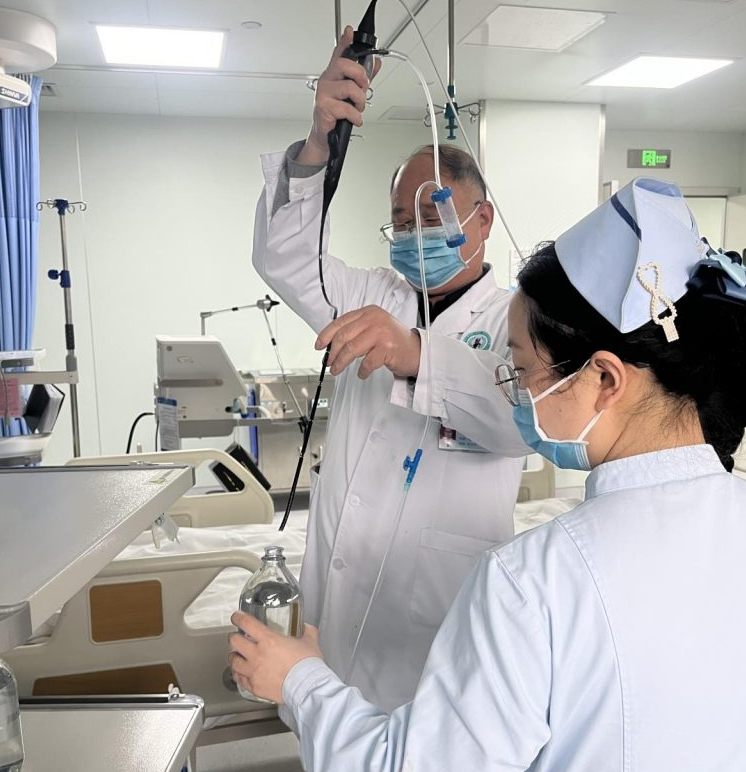
Preparation
1. Inflation and Inspection
Prior to use, DLTs require meticulous preparation to ensure proper function and placement. Both the tracheal and bronchial cuffs should be inflated to check for leaks and achieve symmetrical cuff inflation. This step is crucial in preventing air leaks and optimizing lung isolation during surgery. Additionally, lubricating the stylet and inserting it into the bronchial side facilitate smooth insertion, while ensuring it does not protrude beyond the tube minimizes the risk of trauma during intubation.
2. Connector Assembly and Fiberoptic Bronchoscopy
Assembling the connector, which links the DLT to the ventilator circuit, before intubation streamlines the process and minimizes interruptions during surgery. Moreover, the availability of a fiberoptic bronchoscope is essential for confirming the position of the DLT. Real-time visualization with bronchoscopy enables precise placement within the tracheobronchial tree, ensuring optimal ventilation and surgical conditions.
3. Selection of DLT Sizes
Although objective guidelines for selecting DLT sizes are lacking, certain considerations guide size selection. For adult males, 39-Fr and 41-Fr tubes are typically used, while adult females may require 35-Fr or 37-Fr DLTs. Proper sizing ensures easy passage through the glottis and trachea without resistance, facilitating optimal ventilation and lung isolation. Knowledge of tracheobronchial anatomy aids in confirming correct DLT placement, enhancing procedural success.
Clinical Significance
1. Thoracic Surgery and Lung Isolation
DLTs play a pivotal role in thoracic surgeries, enabling precise anatomical lung separation and facilitating optimal surgical exposure. In situations such as massive hemorrhage from one lung or whole lung lavage in patients with pulmonary alveolar proteinosis, DLTs are instrumental in isolating the affected lung, preventing contamination, and optimizing patient outcomes. Differential lung protective ventilation in lung transplantation patients further underscores the clinical significance of DLTs in complex surgical procedures.
2. Complex Airway Management
Beyond thoracic surgeries, DLTs are utilized in non-surgical patients requiring anatomical lung separation. However, malposition or displacement of DLTs can lead to life-threatening complications. Interprofessional education is paramount in ensuring proficiency among healthcare providers involved in DLT placement, including anesthesiologists, intensivists, resident physicians, CRNAs, AAs, nurses, and respiratory therapists. Collaborative efforts enhance patient safety and mitigate risks associated with DLT insertion and maintenance.
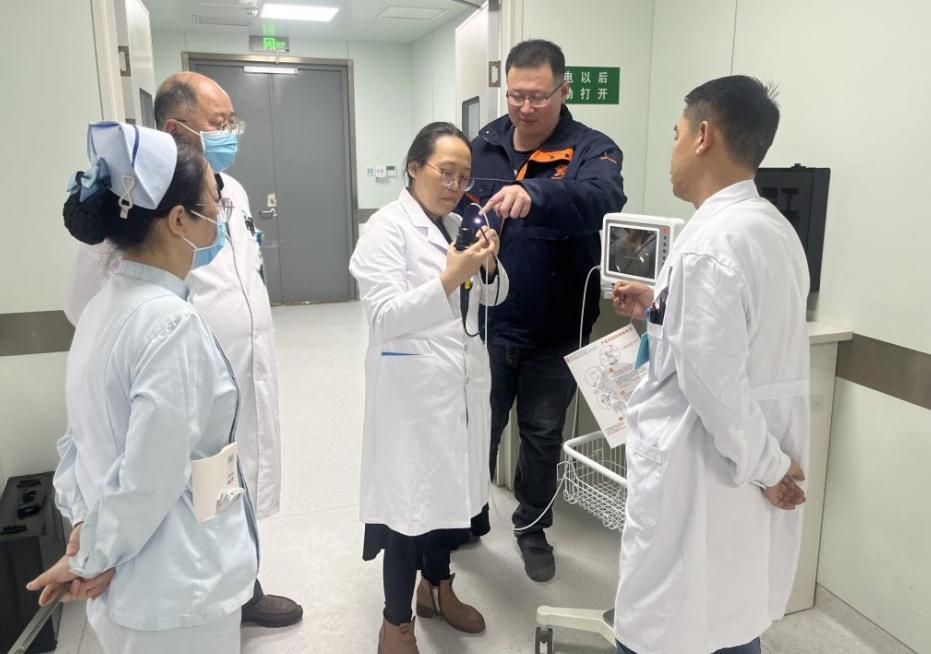
Conclusion
Double-lumen tubes play a pivotal role in thoracic surgeries, enabling precise lung isolation and optimizing surgical conditions. Understanding the anatomical, physiological, and technical aspects of DLT insertion is imperative for ensuring successful outcomes and mitigating complications. Interprofessional collaboration, meticulous technique, and proactive complication management are fundamental in leveraging the full potential of DLTs to enhance patient care and safety.
Categories
Latest Articles
Clinical comparison of foreign body removal procedures using rigid bronchoscopy, fiberoptic bronchoscopy, and flexible electronic bronchoscopy
Bronchial foreign bodies are a common emergency in pediatrics. Clinically, bronchoscopy techniques are typically used to remove the foreign bodies. Currently, the three main bronchoscopy techniques each have their own characteristics, and among them, the flexible bronchoscopy shows unique clinical value in pediatric patients. This article conducts a clinical application analysis of all three bronchoscopy ... Read more
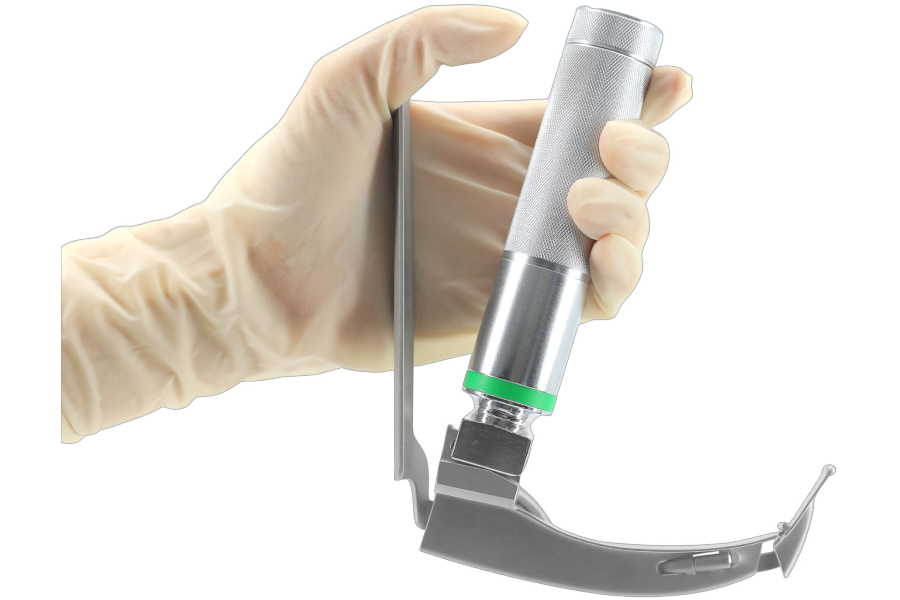
How Fibre Optic Laryngoscopes Improve ENT Procedures
In modern ENT procedures, precision and visibility are key. That’s where the laryngoscope fibre optic technology comes in. Unlike traditional tools, these advanced devices use fibre optics to provide a clear, well-lit view of the throat and vocal cords. This means doctors can see more and do more—with less risk to the patient. But how ... Read more
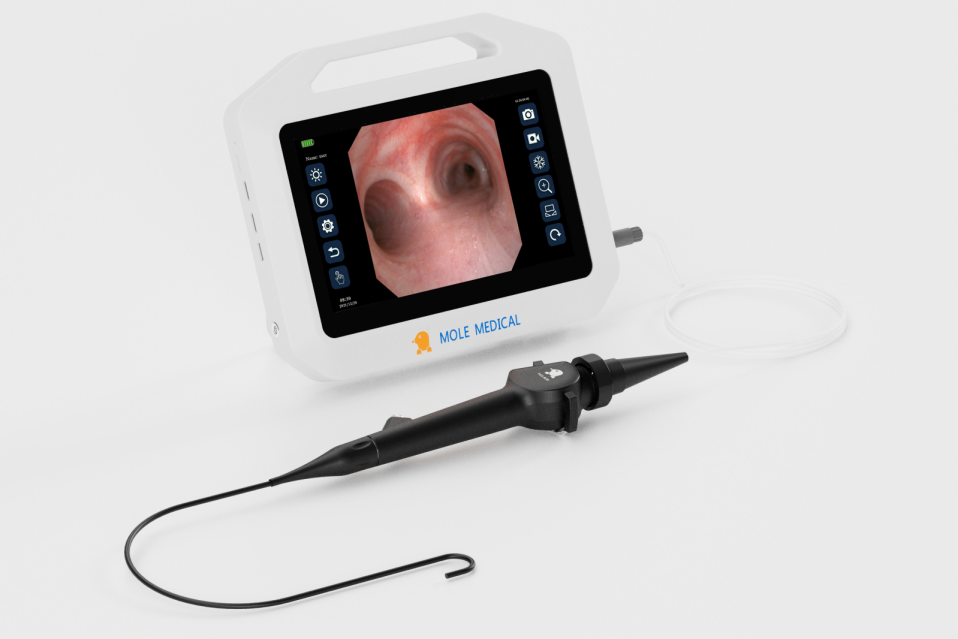
Flexible Laryngoscopy: A Clearer Voice for Quicker Diagnoses
Flexible Laryngoscopy is a powerful tool that helps ENT specialists do just that. It uses a thin, flexible scope to view the throat, vocal cords, and airway in real-time. The procedure is quick, non-surgical, and performed right in the clinic. For patients with voice changes, chronic cough, or throat discomfort, this method offers fast answers ... Read more
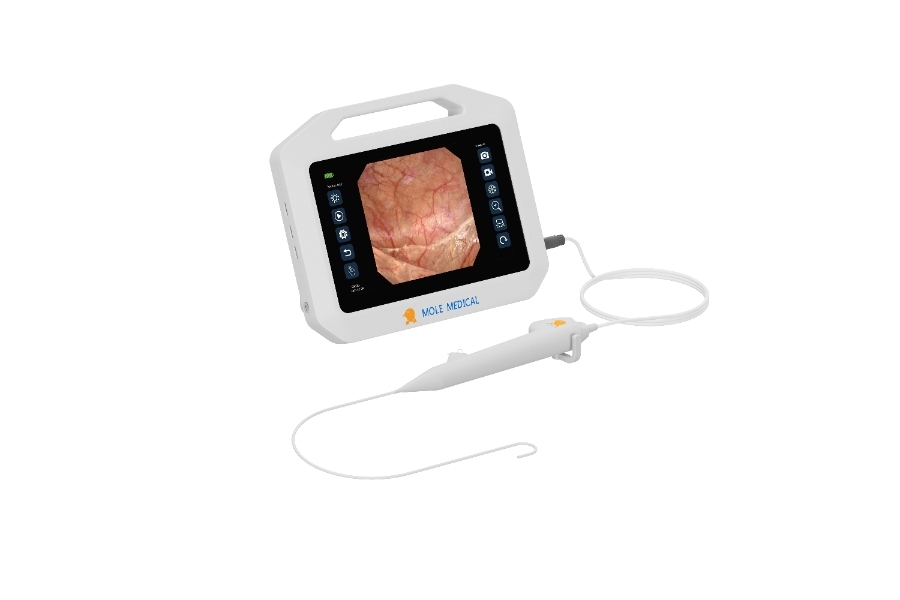
Smart Solutions in Ureteroscopy: Mole Medical’s Disposable Flexible Scope vs Karl Storz Legacy
In the field of urology, the name “ureteroscope Karl Storz” has long stood for precision and reliability. As a global leader, Karl Storz has set the standard for reusable ureteroscopes. But now, a new contender is entering the spotlight. Jiangsu Mole Medical, a national high-tech enterprise, is challenging the status quo. With a focus on ... Read more
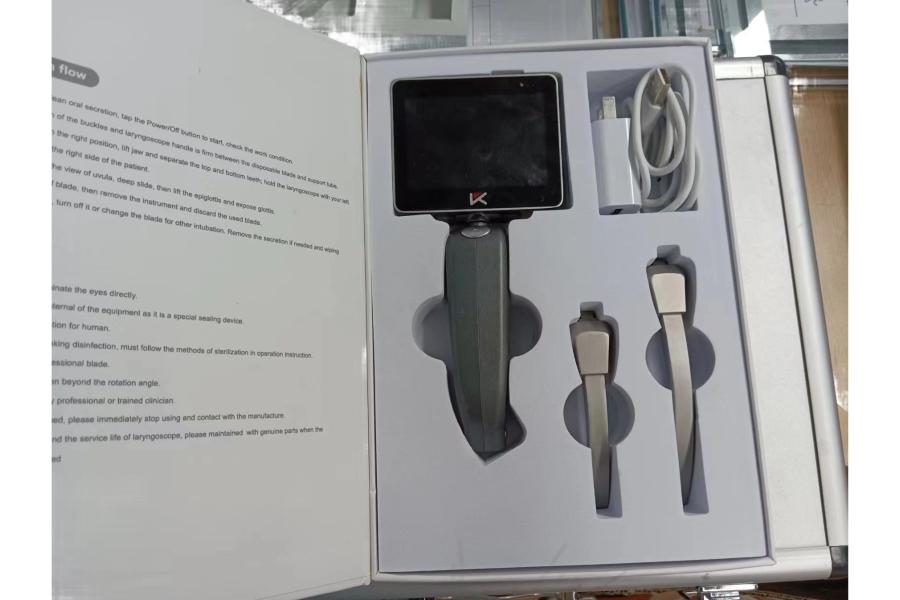
Behind the Scenes with Mole Medical: Inside the World of Leading Video Laryngoscope Manufacturers
In the fast-evolving medical device industry, video laryngoscope manufacturers play a key role in advancing patient care. Mole Medical stands out not just for its products, but for what happens behind the scenes. What makes this company different? Why do so many professionals trust its solutions? One reason is speed. Mole Medical has an R&D ... Read more



